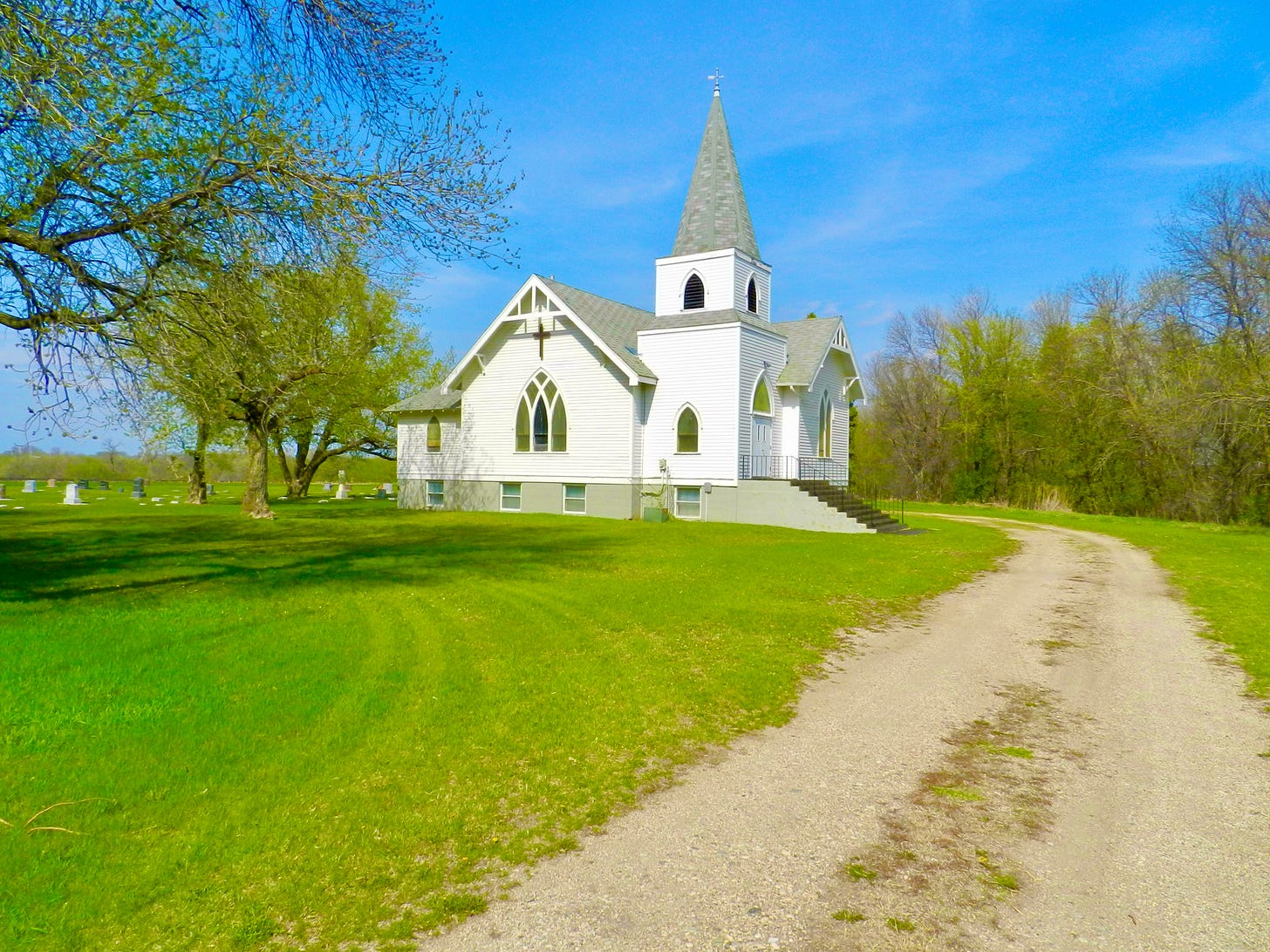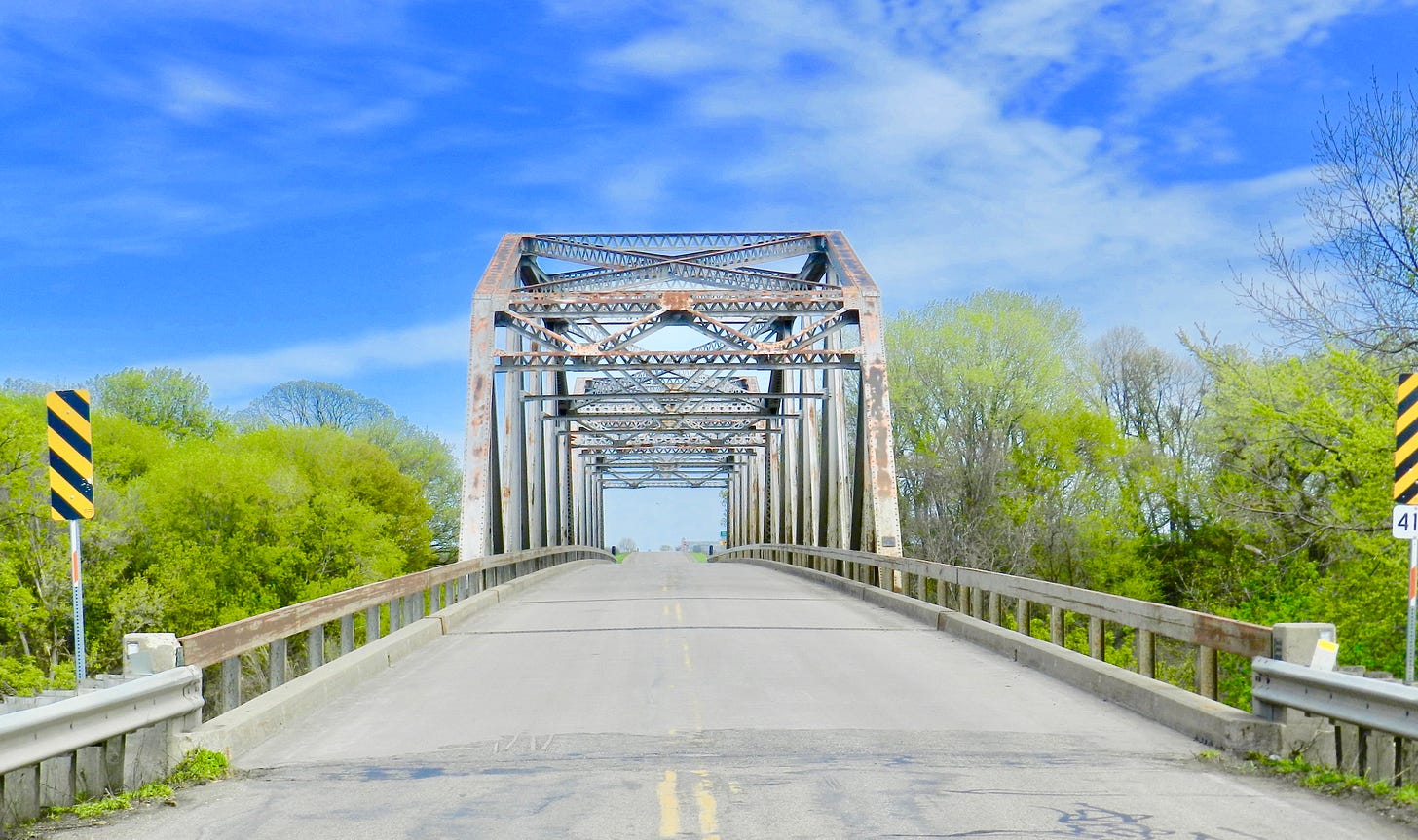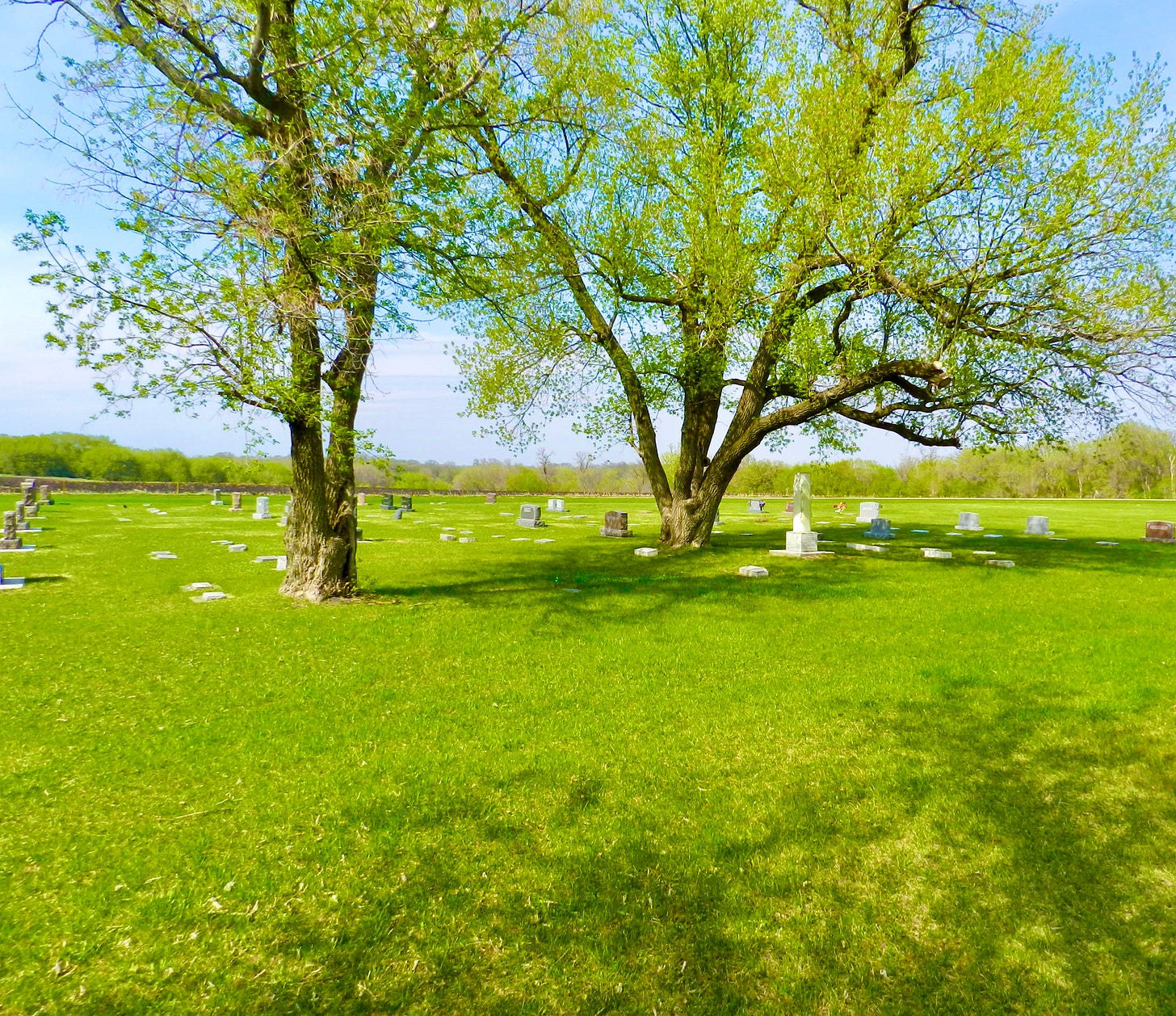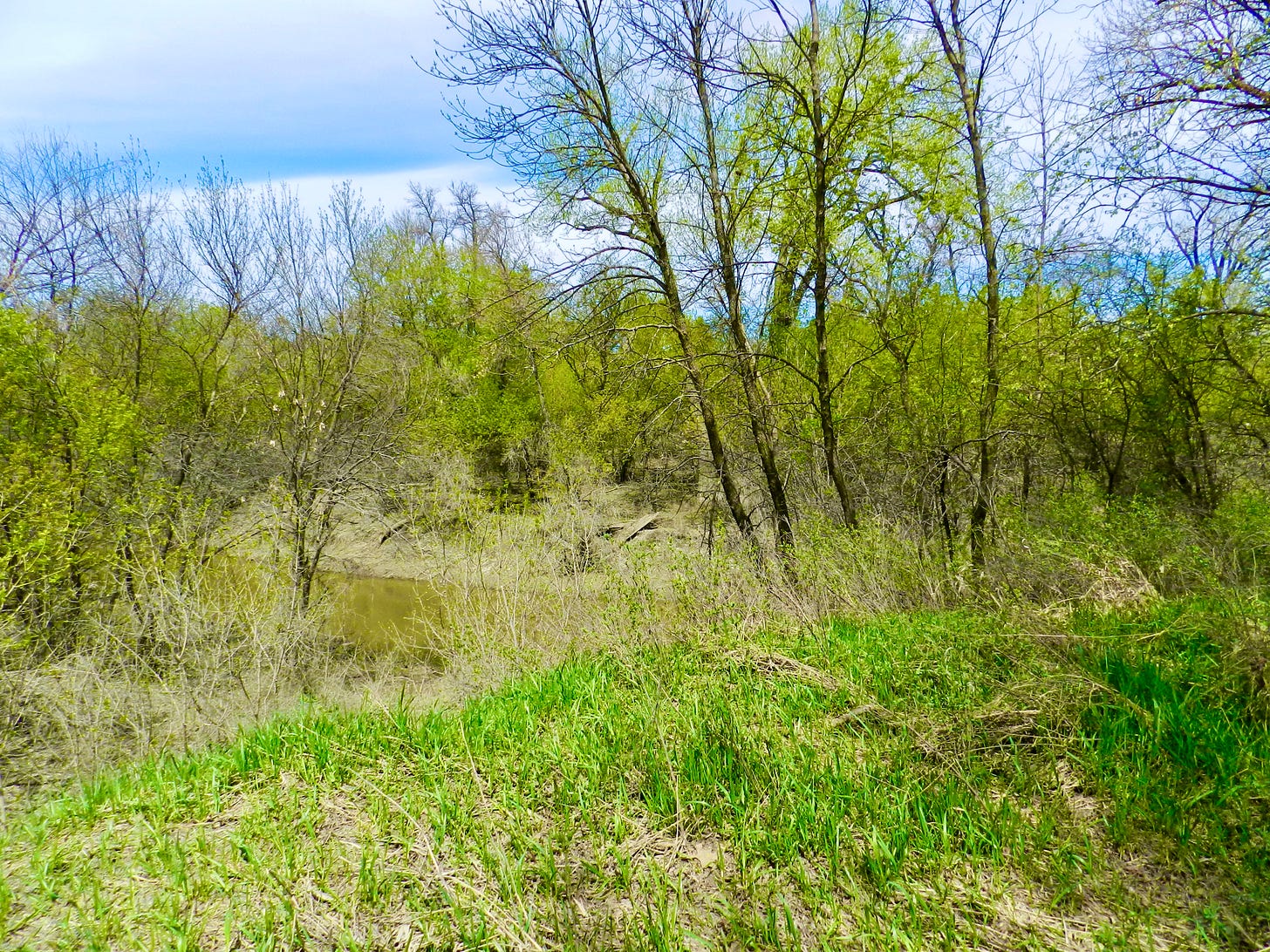31 years ago today I experienced death in a way that changed my life forever. I had just turned 15. My grandmother who had just turned 55 was dying. She had been actively dying for weeks and sick in many ways for many years.
On that cold and wet autumn evening, I sat at her bedside, holding her hand as she took her last breath. It was a tender moment with a woman who had been anything but. A peaceful end to a troubled life. Her death, like much of her living, covered in silence and secrecy. She was unpredictable and violent. And sometimes loving and kind.
Her death pulled me into a season of depression that lasted more than a decade and pushed me to an edge I nearly went over. Long before that night my brain and my body kept record of dates. Without effort I knew not only the dates, but also the exact times of significant events and occasions. My remembering was often a source of ridicule and judgement. Another thing that I came to hate about myself.
I anticipated the arrival of October 16th for days, for weeks, and some years for months in advance. I didn’t understand then how trauma and the memories of it impact our entire being.
In a discussion with a friend about that night, I said, “I’ll know I’m healed when I no longer remember the date.”
With warmth in her words and a soft hand on my shoulder, she suggested, “maybe healing isn’t marked by forgetting, but by changing how you remember.”
In the spring of 2019, I traveled to Minnesota for a gathering of LGBTQIA+ United Methodists and allies collectively hoping to discern a new direction in the aftermath of the Special General Conference in St. Louis. (Read more about that here.)
I flew in a few days early for a side trip to North Dakota. My grandmother was born there, as was her mother, the daughter of Norwegian immigrants. Growing up I heard a lot about the farm in North Dakota and was always intrigued by it. I told myself that if I ever got close I’d like to visit.
I had very few details on the location. And without anyone to call for help relied heavily on ancestry records and old maps to plan my route. As I headed west from Minneapolis in a rental car, I intentionally left the radio off, wanting to listen to the land and the sky and to what my body and spirit remembered.
My grandmother told stories, often the same ones repeatedly, frequently with exaggeration and confusion. Truth and accuracy were blurred by her sickness. At a young age I figured out that the stories she shared most often and with the most animation usually had some connection to reality. The hard work was determining which part was real or close to it.
When she talked about North Dakota her affect was different and her voice not so harsh. She talked about a river running behind the family farm and her standing on the banks throwing rocks from one side to the other. She smiled and her eyes—commonly void of light—lit up when she said that the other side was Minnesota. Laughing as she said, “I was strong enough to throw a rock all the way to another state.”
I exited the highway and initially drove about 20 miles in the wrong direction. Luckily, I had enough of a phone signal to get back on course. About an hour later I crossed a bridge over a river met by a sign letting me know I’d left North Dakota and was now back in Minnesota again.
My heart skipped a few beats, as I realized the farm might be close. The dirt roads kicked up dust making it hard to see, but I found a spot to turn around and made my way back over the bridge to where my family had once lived. The homes were gone. An old Lutheran Church with a cemetery remained. It’s no longer an active congregation, but the property is maintained and available for special events. My grandmother and her mother were baptized there. Peeking in the windows I recognized the carpet and altar from photos in an old musty album I used to flip through as a child.
The cemetery filled with trees held graves of several generations of my relatives. Names I knew from conversations and genealogy research. Just to the side of the cemetery was a muddy road leading to a park that was closed to cars but open to walk in visitors. As soon as I started walking I smelled water and knew it was the river.
It didn’t take long before a narrow section of the Red River was running right before me. Narrow enough for me to throw a small rock to the other side. Just like my grandmother had done decades before. In that moment I remembered her differently. I imagined her as a child. Innocent and sweet. Curious and adventurous. Vulnerable and trusting.
For the first time I thought more about her life than her death. And the way I remembered her living changed. Remembering her as a child I was able to forgive the ways she hurt me as child. Remembering her as a young girl, I was able to forgive the young girl I once was and realize that more than forgiveness my young self needed my love. Remembering my grandmother in new ways didn’t undo the things she did, but allowed for letting go of the ways they entrapped me.
I’m not sure how long I stayed, but it felt like an eternity. When I began my way back to the car, I noticed a tree with a sign nailed to it. At closer look, along with the sign, there were others lines on the tree marking high water levels from past floods. I learned later that day on a stop at the local library that this area is not only known for cold brutal winter winds and blizzards, but also for extreme spring flooding. In 1997 the Red River crested at over 50 feet necessitating historic evacuations and causing immense devastation.
Those trees that guided me to the river hold marks of generations of storms and the people who weathered them. They hold marks of my grandmother’s childhood and the mysteries of her life that may never be unraveled. They hold marks of my grief and my healing. They mark a shift in my remembering. They mark the moment I let go of shame that was never mine to carry. They mark the miraculous, often unexplainable ways, we survive unbelievable sorrows.
I knew immediately that something significant had happened on the journey. I went looking for community, to join with others who’d been harmed by the United Methodist Church, seeking a new direction. Without a doubt I found my path. I found it alone. At the river’s banks. Among the trees. God was there. The denominational church was not. Grief was present, in a gentle gracious way. Healing was calling me close. Calling me away from places where perpetual harm makes wholeness unattainable.
Grief, like a river, is ever moving. Like the seasons, it comes and goes. Its presence is not a sign of weakness. Its power not a force to be denied. It is a journey of continual healing. It is a mark of living and being. The losses and pains we experience mark us forever and they only determine our destination if we surrender to them.
It’s been more than six years since that trip. Today is the sixth October to come since that day I threw a little rock across the river from North Dakota to Minnesota like my grandmother had once done herself. I’ve yet to forget this date or the time of death that transformed my life, nor is that my goal. My remembering continues to transform.
Today as the well opens and words flow, I’ll be out walking among the trees. Giving thanks for the marks they hold of all my grieving and my healing. I’ll find a spot along the trail to stop and say her name. And then I’ll keep on going. Listening. Praying. Remembering in changing ways the day that changed me in ways I’m still discovering.
Water-fully Yours,
Rebecca & 10 Camels









So touching. So wise. Keep unraveling.